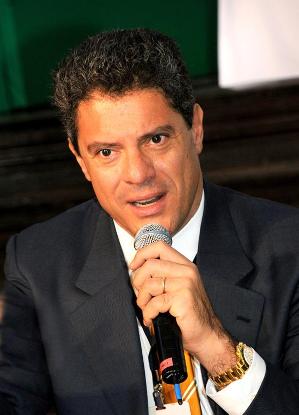This article is from: http://www.smithsonianmag.com/?ref=home
Spurred by rising global demand for the metal, miners are destroying invaluable rainforest in Peru’s Amazon basin
It’s a few hours before dawn in the Peruvian rainforest, and five bare light bulbs hang from a wire above a 40-foot-deep pit. Gold miners, operating illegally, have worked in this chasm since 11 a.m. yesterday. Standing waist-deep in muddy water, they chew coca leaves to stave off exhaustion and hunger.
In the pit a minivan-size gasoline engine, set on a wooden cargo pallet, powers a pump, which siphons water from a nearby river. A man holding a flexible ribbed-plastic hose aims the water jet at the walls, tearing away chunks of earth and enlarging the pit every minute until it’s now about the size of six football fields laid side by side. The engine also drives an industrial vacuum pump. Another hose suctions the gold-fleck-laced soil torn loose by the water cannon.
At first light, workers hefting huge Stihl chain saws roar into action, cutting down trees that may be 1,200 years old. Red macaws and brilliant-feathered toucans take off, heading deeper into the rainforest. The chain saw crews also set fires, making way for more pits.

























 The end of the strike that lasted nearly a year at Vale’s operations in Ontario, Canada, is very significant for our company, as we have overcome yet another challenge. Besides making our Canadian employees’ pension and variable pay regime more similar to the successful system already in place in other countries, the deal removes restrictions and interference in managing the company, thereby aligning our operational efficiency in Canada with our practices elsewhere.
The end of the strike that lasted nearly a year at Vale’s operations in Ontario, Canada, is very significant for our company, as we have overcome yet another challenge. Besides making our Canadian employees’ pension and variable pay regime more similar to the successful system already in place in other countries, the deal removes restrictions and interference in managing the company, thereby aligning our operational efficiency in Canada with our practices elsewhere.